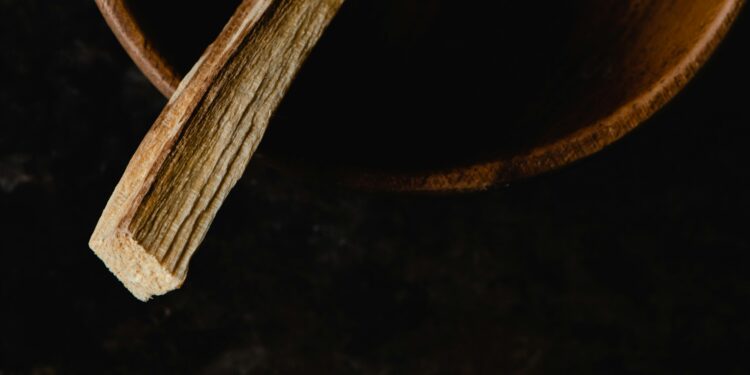Chewing sticks have been around for a very long time, dating back to ancient civilizations such as the Egyptians, Greeks, Romans, and different African groups. These people employed chewing sticks to keep their teeth and gums healthy.
Even though there are fancy toothbrushes (such as electric and traditional toothbrushes) and toothpaste available now, chewing sticks are still widely used in many places since they are seen as a traditional way to naturally care for your teeth, and they have worked well for people for centuries.
However, most people are curious as to whether theses address common oral hygiene concerns. In this post, we’ll discuss the benefits and drawbacks of chewing sticks.

What are Chewing Sticks?
Chewing sticks are made from the twigs or roots of various plants, such as neem, oak, tea tree, and licorice. One of the most popular varieties is Miswak, which is derived from the Salvadora persica tree. They are used by chewing on them until the ends frays, which acts as a natural toothbrush to clean their teeth and massage their gums.
Potential Benefits of Chewing Sticks
Cleaning Power: When you chew on a stick, it becomes fray and acts like a natural toothbrush. The rough ends of the stick help scrape off plaque and food bits stuck on the teeth, which keeps people from getting cavities and other dental issues.
Fights Germs: Some sticks, like Miswak contain natural antiseptic properties like salvadorine and fluoride that fights bacteria. The Miswak stick itself is rough, which is perfect for scrubbing away plaque and food stuck on the teeth. This means they can help stop infections in the mouth and make sure your gums stay healthy.
Fresh Breath: They also help your breath stay nice because they clean out all the leftover food and bacteria that could make the mouth stink.
Limitations of Chewing Sticks
Chewing sticks are good for cleaning the teeth, but they can’t replace toothbrushes and floss entirely. Those tools are better at getting rid of plaque in between the teeth, places where the stick can reach.
Toothbrushes have bristles that get into all the small spaces between your teeth. Dental floss on the other hand is shaped like a C, so it curves perfectly and slides between teeth and behind them easily. Plus, toothbrushes are easier to find in stores compared to chewing sticks, which aren’t as accessible everywhere.
Conclusion
These sticks can be a viable addition to your oral care routine since they clean between the teeth in the same way that toothbrushes do. Some people like this because they are natural and have antibacterial properties that can help in the battle against bacteria in the mouth.
However, toothbrushes are more readily available, easier to use for comprehensive cleaning, and come in a variety of styles to meet varied needs, such as electric toothbrushes for deeper cleaning.

















